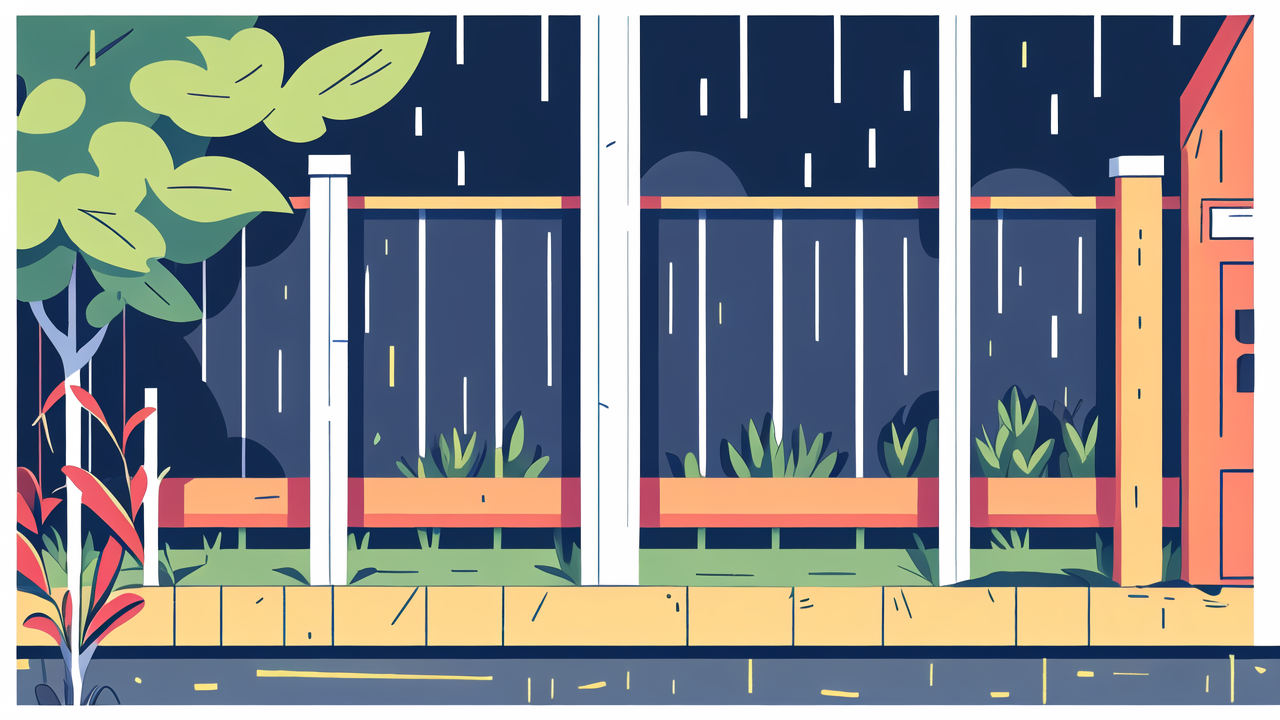Understanding Low Maintenance Fence Pickets
What Are Low Maintenance Fence Pickets?
Low maintenance fence pickets are materials designed to last long with minimal upkeep. They're made from durable substances that resist wear, tear, and weather damage. These pickets often use synthetic materials like vinyl or composite. They don't need painting or staining like wood fences do. Low maintenance pickets keep their look for years with little effort. They're perfect for busy homeowners who want a nice fence without constant work.

The Importance of Durability in Fencing
Durability is key when choosing a fence. A durable fence lasts longer and saves money over time. It stands up to harsh weather, from hot sun to heavy rain. Durable fences resist rot, rust, and pest damage. They maintain their appearance and strength for years. This means fewer repairs and replacements. A strong fence also provides better security and privacy. It adds value to your property and enhances curb appeal. Investing in a durable fence is smart for both practical and financial reasons.
Comparing Maintenance: Traditional vs. Low Maintenance Materials
Traditional fences, often made of wood, need regular care. They require painting, staining, and sealing every few years. Wood can rot, warp, or attract pests. It's vulnerable to moisture and sun damage. In contrast, low maintenance materials need much less work. They don't need painting or staining. These materials resist fading, cracking, and peeling. They're easy to clean with just soap and water. Low maintenance fences keep their look for years without much effort. While they may cost more upfront, they save time and money in the long run.
Best Low Maintenance Fence Pickets on the Market
Composite Fence Materials
Composite fence pickets are a top choice for low maintenance fencing. They're made from a mix of wood fibers and recycled plastic. This blend creates a strong, durable material that looks like wood. Composite fences resist rot, insects, and weather damage. They don't splinter or warp like wood can. These fences come in many colors and styles. They keep their color well, with minimal fading over time. Composite pickets are easy to clean and don't need painting. They're an eco-friendly option that lasts for decades with little care.

Vinyl Fence Pickets
Vinyl fence pickets are another excellent low maintenance option. They're made from PVC, a strong plastic material. Vinyl fences are known for their durability and versatility. They come in many styles, from privacy fences to picket fences. Vinyl resists fading, cracking, and peeling. It doesn't rot or attract pests like wood does. These fences are easy to clean with just a hose. They don't need painting or staining. Vinyl pickets can last for decades with minimal care. They're a great choice for homeowners who want a long-lasting, attractive fence.
Aluminum and Steel Fence Options
Metal fences, like aluminum and steel, offer durability with low maintenance. Aluminum is lightweight yet strong. It doesn't rust and resists corrosion. Aluminum fences come in many styles and colors. They're perfect for both modern and traditional homes. Steel fences are even stronger. They provide excellent security and last for decades. Both metals need little upkeep. A simple wash now and then keeps them looking great. These fences don't need painting or staining. They stand up well to all kinds of weather. Metal fences are ideal for those who want strength and style with minimal care.
Installing and Maintaining Your Low Maintenance Fence
Step-by-Step Guide to Installing Pickets
- Plan your fence layout and mark the post locations.
- Dig holes for the posts, about 1/3 of the post length deep.
- Set the posts in concrete and let them cure.
- Attach the rails to the posts, ensuring they're level.
- Start attaching pickets, using spacers for even gaps.
- Secure each picket with screws or nails.
- Check for levelness as you go.
- Trim any excess material at the top for a clean finish.
- Add post caps for a polished look.
- Clean up the area and dispose of any waste properly.
Maintenance Tips for Long-Lasting Fences
Even low maintenance fences need some care to last. Here are some tips:

- Inspect your fence regularly for damage.
- Clean the fence annually with mild soap and water.
- Remove any debris or plants growing on the fence.
- Tighten any loose screws or brackets.
- Touch up any scratches on metal fences with paint.
- Clear away any dirt or mulch buildup at the base.
- Trim nearby trees or bushes to prevent damage.
- Apply a UV protectant to vinyl or composite fences every few years.
- Check for and fill any holes animals might dig near the fence.
- Address any issues promptly to prevent bigger problems.
Handling Weather Extremes: Preparation and Care
Extreme weather can test any fence. Here's how to prepare and care for your fence:
- In high winds, remove or secure any loose items near the fence.
- For heavy snow, gently remove buildup to prevent strain on the fence.
- In hot weather, clean your fence to prevent sun damage and fading.
- During rainy seasons, ensure proper drainage around fence posts.
- In freezing conditions, avoid hitting the fence with snow shovels or plows.
- After storms, check for any damage and repair quickly.
- In coastal areas, rinse salt spray off regularly to prevent corrosion.
- For areas with wildfire risk, keep the area around the fence clear of debris.
- In humid climates, clean more often to prevent mold and mildew.
- For areas with extreme temperature changes, choose materials that can expand and contract.
